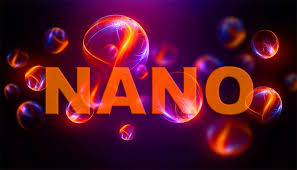Structure and structure of nanotubes (SWCNT) and CNTs (based on PhD in nano-microelectronics) PhD in education and research
Researcher and author: Dr. ( Afshin Rashid)
Note: The structural differences between CNTs and CNTs can be thought of as graphite plates with a layered hexa lattice that are tubularly cylindrical. Nanotubes are characterized by the number of layers that their cylindrical walls form; Single-walled carbon nanotubes (SWCNTs) and multi-walled carbon nanotubes (MWCNTs) and SWCNT are obtained from a graphene plate of a specified size.
According to the cylindrical symmetry, based on the cylindrical shape (we can only pipe it in one direction so that 2 atoms are in line. To describe the structure of SWCNT, two parameters are used. One is Ch, which starts from the main atom The chiral vector is oriented towards the next atom and is also called the tubular vector and its length is equivalent to the circumference of the nanotube circle. Chiral SWCNTs are optically active and can have two non-equivalent helical orientations. It can be done both from above and below the graphene plate.These two tubes will be mirror images of each other, in which case the graphene plate is the mirror plate. In the case of chiral nanotubes, these plates are called reflection plates, and the two nanotubes are equivalent. When (3 / mn) is an integer, the SWCNT is of the metal type, and in other cases half. Is a conductor.This is entirely geometric, with one-third of metal SWCNTs and two-thirds semiconductors.
Single-walled nanotubes are exceptional compounds because they can be metallic or semiconductor, while there is no difference between them and the chemical bond between the carbon atoms inside the tubes, and no impurities or the presence of added foreign matter is observed. Nanotube layers can act like a metal and be electrically angled. Structure and structure changes in them can display semiconductor properties. Or non-guiding.
Conclusion :
The structural differences between CNTs and CNTs can be thought of as graphite plates with a layered hexagonal lattice that are tubularly cylindrical. Nanotubes are characterized by the number of layers that their cylindrical walls form; Single-walled carbon nanotubes (SWCNTs) and multi-walled carbon nanotubes (MWCNTs) and SWCNT are obtained from a graphene plate of a specified size.
Researcher and author: Dr. ( Afshin Rashid)
PhD in Nano-Microelectronics




